Home>Home Appliances>Laundry Appliances>What Size Hose Is Needed For A Washing Machine
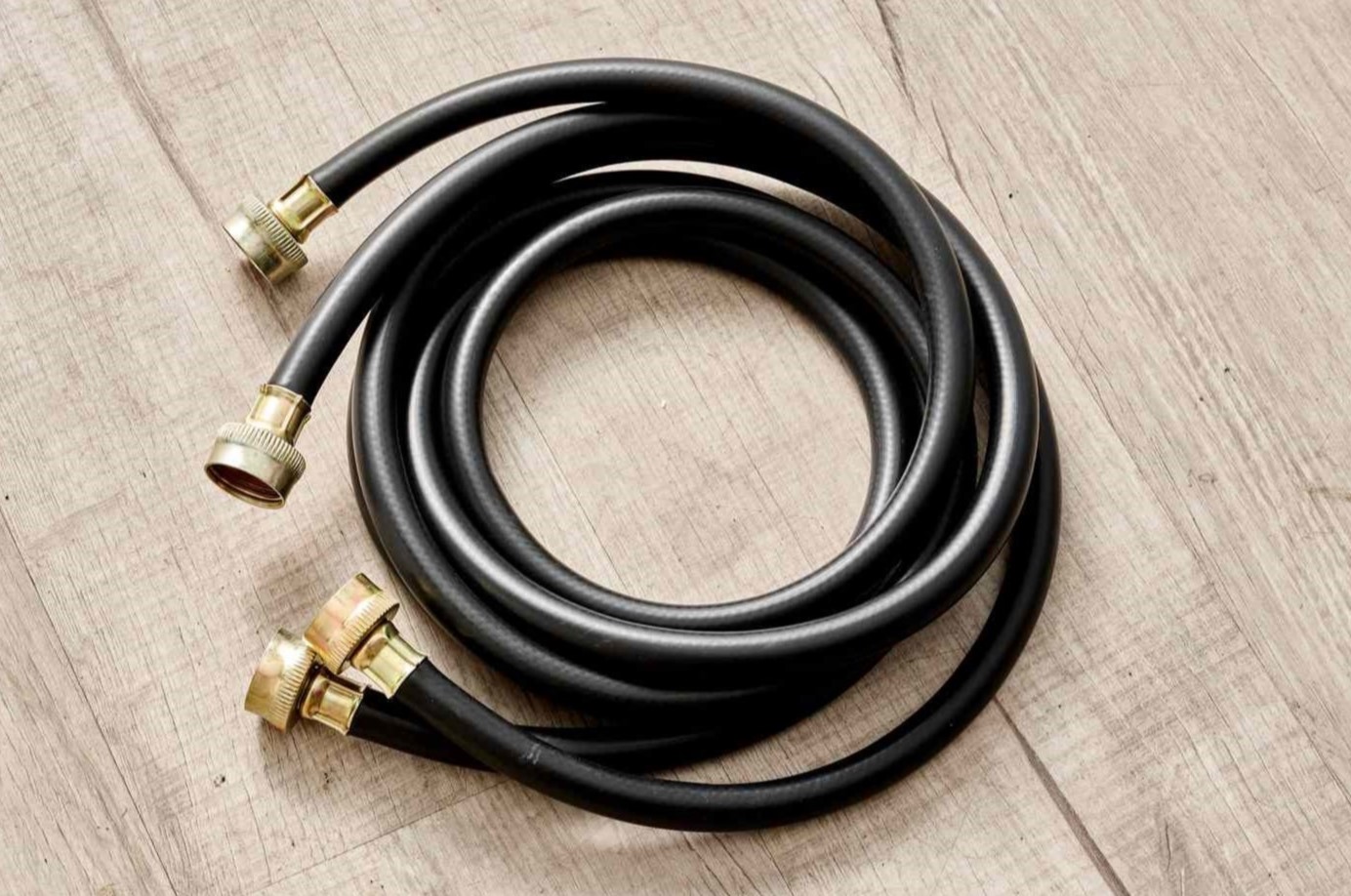

Laundry Appliances
What Size Hose Is Needed For A Washing Machine
Modified: March 2, 2024
Find out the right hose size for your washing machine with our comprehensive guide. Ensure a perfect fit for your laundry appliances.
(Many of the links in this article redirect to a specific reviewed product. Your purchase of these products through affiliate links helps to generate commission for Storables.com, at no extra cost. Learn more)
Factors to Consider When Choosing a Hose Size
When it comes to selecting the right hose size for your washing machine, several crucial factors should be taken into account to ensure optimal performance and safety. Understanding these factors will help you make an informed decision and avoid potential issues down the line.
Read more: What Size Garden Hose For Pressure Washer
Water Flow Rate
The water flow rate is a key consideration when choosing a hose size for your washing machine. A hose with a larger diameter allows for a higher flow rate, enabling the washing machine to fill up more quickly. This is particularly beneficial for larger capacity washing machines, as it reduces the time required for each cycle.
Pressure Rating
Another important factor to consider is the pressure rating of the hose. Washing machines typically require hoses that can withstand a certain level of water pressure without leaking or bursting. It's essential to select a hose size that is compatible with the water pressure in your home to prevent any potential damage or water leakage.
Hose Length
The length of the hose is also a critical factor to consider. It's important to choose a hose size that provides sufficient length to connect the washing machine to the water supply without being too taut or excessively loose. A hose that is too short may cause strain on the connections, while a hose that is too long can lead to kinking and potential damage.
Material and Durability
The material and durability of the hose are vital considerations for long-term performance. Opt for hoses made from high-quality materials such as reinforced rubber or stainless steel braiding, as they offer superior strength and resistance to wear and tear. Additionally, ensure that the hose is designed to withstand the rigors of frequent water pressure changes and movement without deteriorating.
Read more: What Size Pressure Washer Do I Need
Compatibility with Fittings
Consider the compatibility of the hose size with the fittings on both the washing machine and the water supply. It's essential to ensure that the hose size matches the fittings to facilitate a secure and leak-free connection. Additionally, check for any specific requirements or recommendations provided by the washing machine manufacturer regarding hose size and fittings.
By carefully considering these factors, you can confidently select the appropriate hose size for your washing machine, ensuring efficient water flow, optimal performance, and long-term reliability.
Key Takeaways:
- Choose the right hose size based on water flow rate, pressure rating, length, material, and fittings to ensure efficient washing machine performance and prevent potential damage or leaks.
- Measure hose size by identifying existing size, water supply valve size, distance, water pressure, and consulting the washing machine manual for a seamless and secure connection. Regular maintenance is key to prevent potential issues.
Common Hose Sizes for Washing Machines
When it comes to the common hose sizes for washing machines, two primary options are widely used: ½-inch and ¾-inch hoses. Understanding the characteristics and applications of each size is essential for making an informed decision based on your specific requirements.
½-Inch Hoses
The ½-inch hose is a popular choice for many standard washing machines. It is known for its versatility and compatibility with a wide range of washing machine models. This hose size is suitable for regular capacity washing machines and is often the default option provided with new appliances. The ½-inch hose offers a balanced water flow rate and pressure capacity, making it well-suited for typical residential laundry needs.
¾-Inch Hoses
For larger capacity washing machines or commercial-grade units, the ¾-inch hose is commonly recommended. This larger diameter hose allows for a higher water flow rate, catering to the increased water demands of larger machines. The ¾-inch hose is designed to accommodate higher water pressure levels, making it an ideal choice for heavy-duty washing machines that require efficient water supply during each cycle.
Read more: What Size Washer For King Size Comforter
Considerations for Hose Size Selection
When deciding between ½-inch and ¾-inch hoses, it's important to assess your specific washing machine requirements. Factors such as the machine's capacity, water pressure in your home, and the distance between the washing machine and the water supply point should all be taken into consideration. Additionally, if you are replacing an existing hose, it's crucial to match the new hose size with the original specifications to ensure compatibility and optimal performance.
Read more: What Size Pressure Washer Do I Need
Compatibility with Fittings
Regardless of the hose size chosen, compatibility with the fittings on both the washing machine and the water supply valve is essential. Ensuring a secure and leak-free connection requires the proper matching of hose size and fittings. It's advisable to check the specifications provided by the washing machine manufacturer to determine the recommended hose size and fittings for your specific model.
By understanding the characteristics and applications of the common hose sizes for washing machines, you can confidently select the most suitable option for your laundry needs, ensuring efficient water supply and optimal performance.
How to Measure for the Correct Hose Size
Measuring for the correct hose size is a crucial step in ensuring a seamless and efficient connection between your washing machine and the water supply. By following a few simple steps, you can accurately determine the appropriate hose size for your specific requirements.
Step 1: Identify the Existing Hose Size (If Applicable)
If you are replacing an existing washing machine hose, start by identifying the current hose size. This information can typically be found on the hose itself or in the appliance manual. Note whether it is a ½-inch or ¾-inch hose, as this will serve as a reference point for selecting the new hose size.
Read more: What Size Pipe For Washer Drain
Step 2: Determine the Water Supply Valve Size
Next, identify the size of the water supply valve to which the washing machine hose will be connected. The valve size will dictate the fitting size required for the hose connection. Common valve sizes include ½-inch and ¾-inch, and it's essential to ensure that the hose size matches the valve size for a secure and leak-free connection.
Step 3: Measure the Distance
Measure the distance between the washing machine and the water supply valve. This step is crucial for determining the required hose length. Ensure that the hose provides sufficient length to comfortably reach the water supply without being overly taut or excessively loose. Additionally, consider any bends or turns in the path of the hose to account for the necessary slack.
Step 4: Consider Water Pressure and Flow Rate
Assess the water pressure and flow rate in your home. If you have a high water pressure system, it's advisable to opt for a hose size that can accommodate the elevated pressure without any risk of leakage or damage. Similarly, consider the water flow rate required by your washing machine, especially if it is a larger capacity model that demands a higher volume of water during each cycle.
Step 5: Consult the Washing Machine Manual
Refer to the washing machine manual or specifications provided by the manufacturer. Some models may have specific recommendations regarding the ideal hose size and fittings for optimal performance. By adhering to the manufacturer's guidelines, you can ensure that the selected hose size aligns with the appliance's requirements.
By meticulously following these steps, you can accurately measure for the correct hose size, facilitating a seamless and secure connection between your washing machine and the water supply. This proactive approach not only ensures efficient water flow but also contributes to the overall performance and longevity of your laundry appliance.
Read more: What Is The Standard Washing Machine Size
Tips for Installing a Washing Machine Hose
Proper installation of a washing machine hose is essential to ensure efficient water supply, prevent leaks, and maintain the overall functionality of the appliance. By following these tips, you can confidently install a washing machine hose with precision and reliability.
1. Inspect the Hose
Before installation, carefully inspect the washing machine hose for any signs of damage, wear, or deterioration. Check for cracks, bulges, or kinks that may compromise the integrity of the hose. It's crucial to use a new, high-quality hose if the existing one shows any signs of wear and tear.
2. Use Thread Seal Tape
When connecting the hose to the water supply valve, apply thread seal tape to the threaded fittings to create a secure and leak-free connection. The tape helps to prevent water leakage at the connection points, ensuring a tight seal and minimizing the risk of potential water damage.
3. Avoid Over-Tightening
While it's important to secure the hose connections, over-tightening can lead to damage and potential leaks. Use a wrench or pliers to tighten the fittings to the manufacturer's recommended torque specifications, ensuring a snug connection without excessive force that could compromise the fittings or the hose itself.
Read more: How To Replace A Washing Machine Hose
4. Position the Hose Correctly
Ensure that the washing machine hose is positioned correctly to avoid kinks or bends that could restrict water flow. The hose should have a gentle curve without sharp angles or twists, allowing for smooth water supply without any obstructions. Proper positioning also prevents unnecessary strain on the hose and fittings.
5. Secure the Hose
Once the hose is connected to both the washing machine and the water supply valve, secure it in place to prevent movement during operation. Use hose clamps or cable ties to fasten the hose to nearby plumbing or the back of the washing machine, keeping it stable and minimizing the risk of dislodgment or damage.
6. Regular Maintenance
After installation, incorporate regular maintenance of the washing machine hose into your household routine. Periodically check the hose for any signs of wear, corrosion, or leaks, and promptly address any issues that may arise. This proactive approach helps to identify potential problems early and prevent water damage or disruptions to the appliance's operation.
By adhering to these tips for installing a washing machine hose, you can ensure a secure and reliable water supply for your appliance, promoting efficient performance and peace of mind. Proper installation and maintenance of the hose contribute to the overall safety and longevity of your washing machine, allowing you to enjoy hassle-free laundry routines without concerns about water-related issues.
Frequently Asked Questions about What Size Hose Is Needed For A Washing Machine
Was this page helpful?
At Storables.com, we guarantee accurate and reliable information. Our content, validated by Expert Board Contributors, is crafted following stringent Editorial Policies. We're committed to providing you with well-researched, expert-backed insights for all your informational needs.

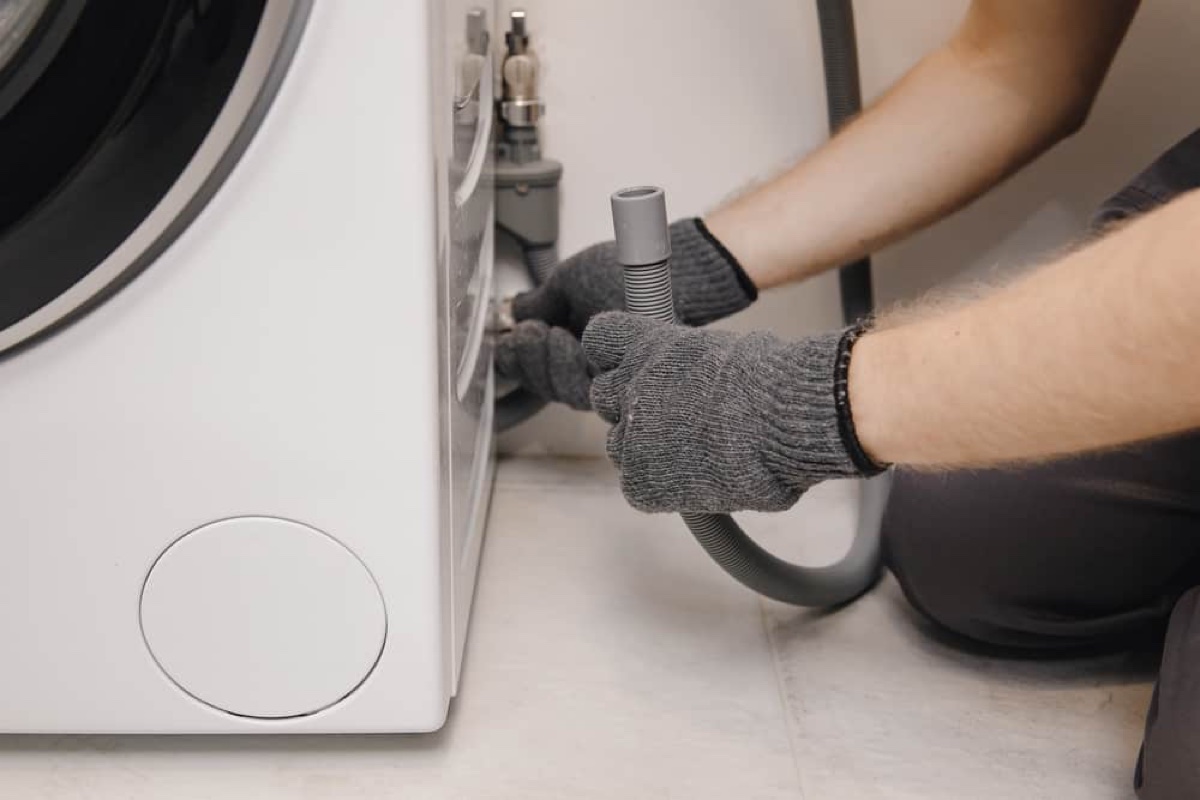
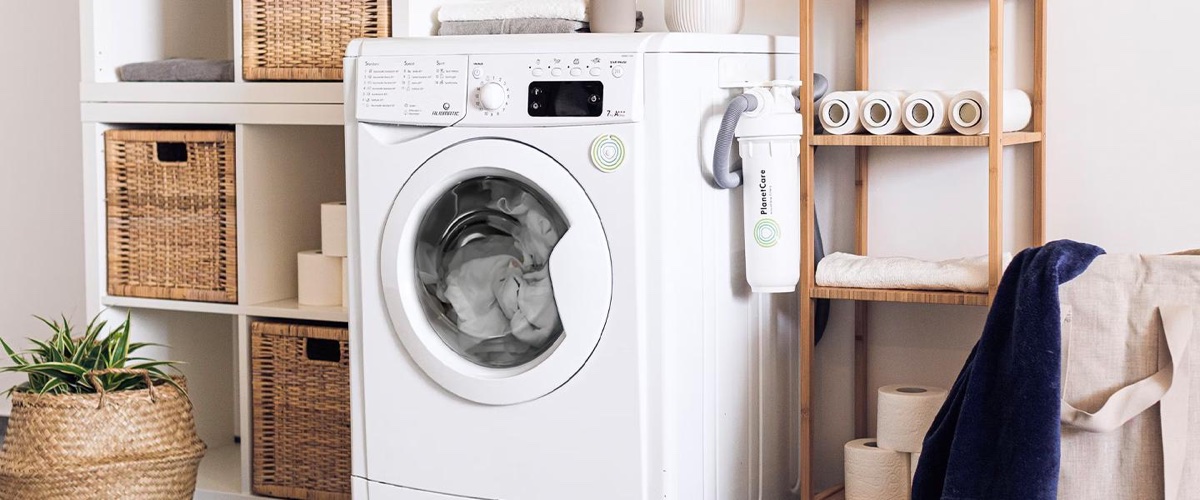
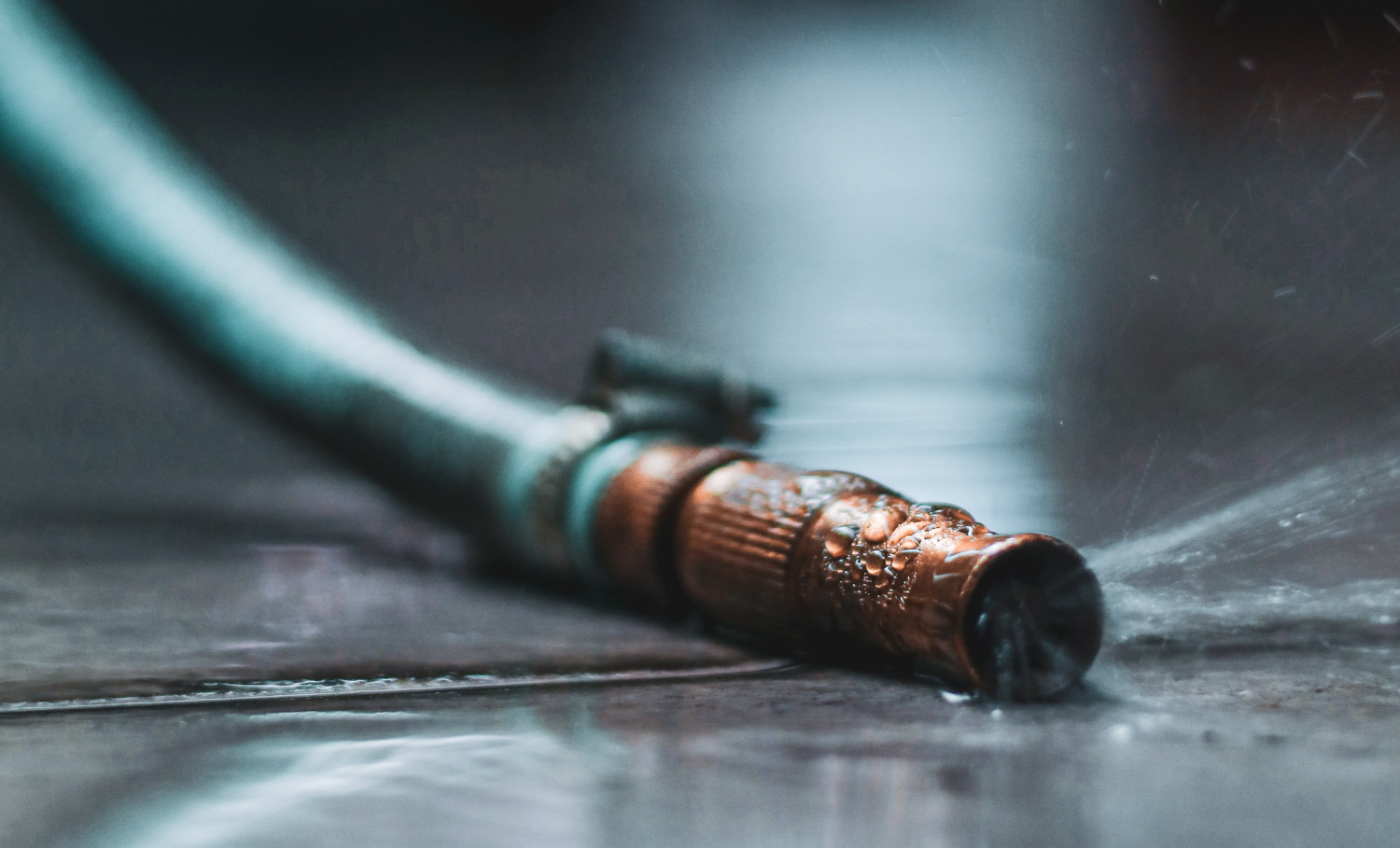
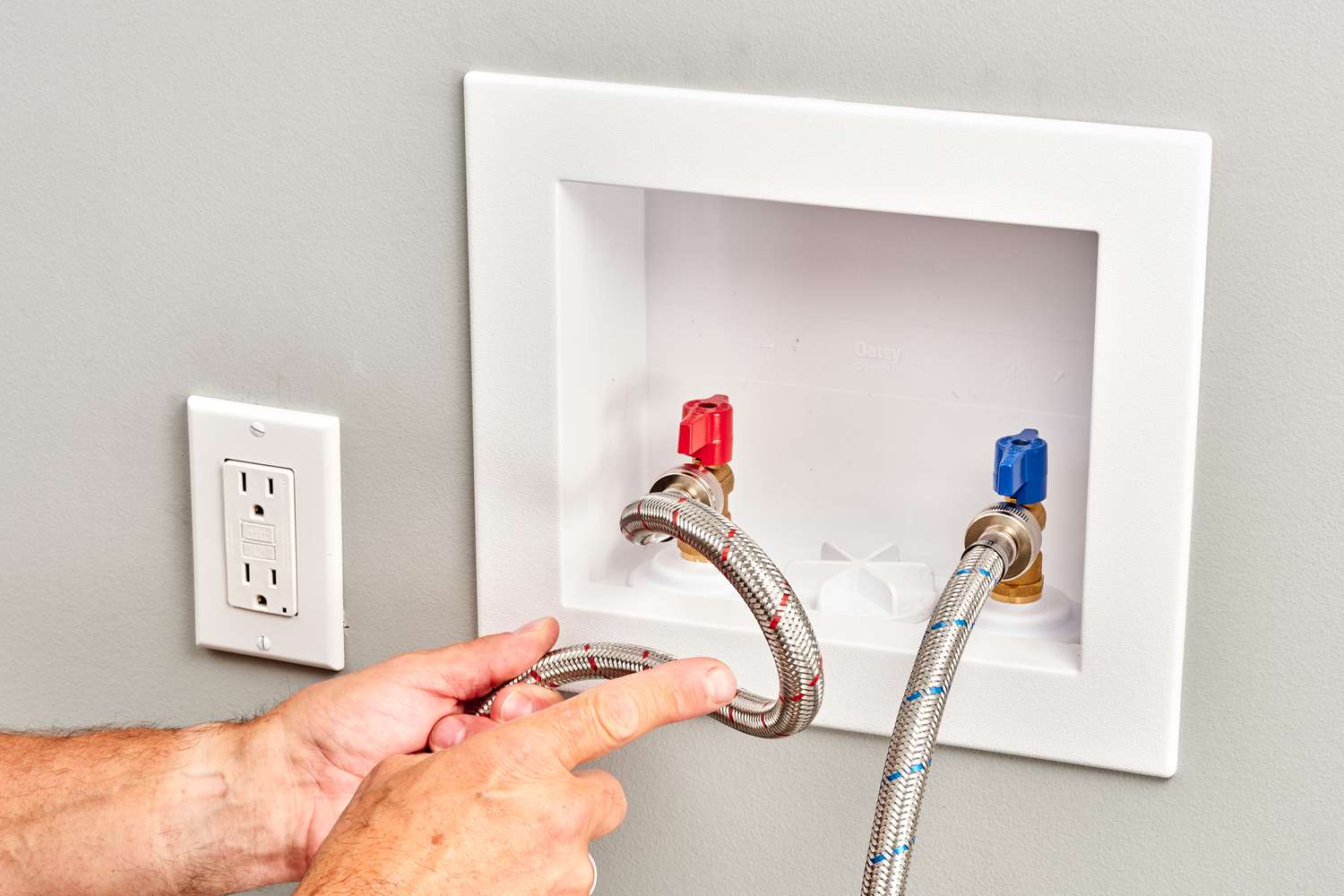
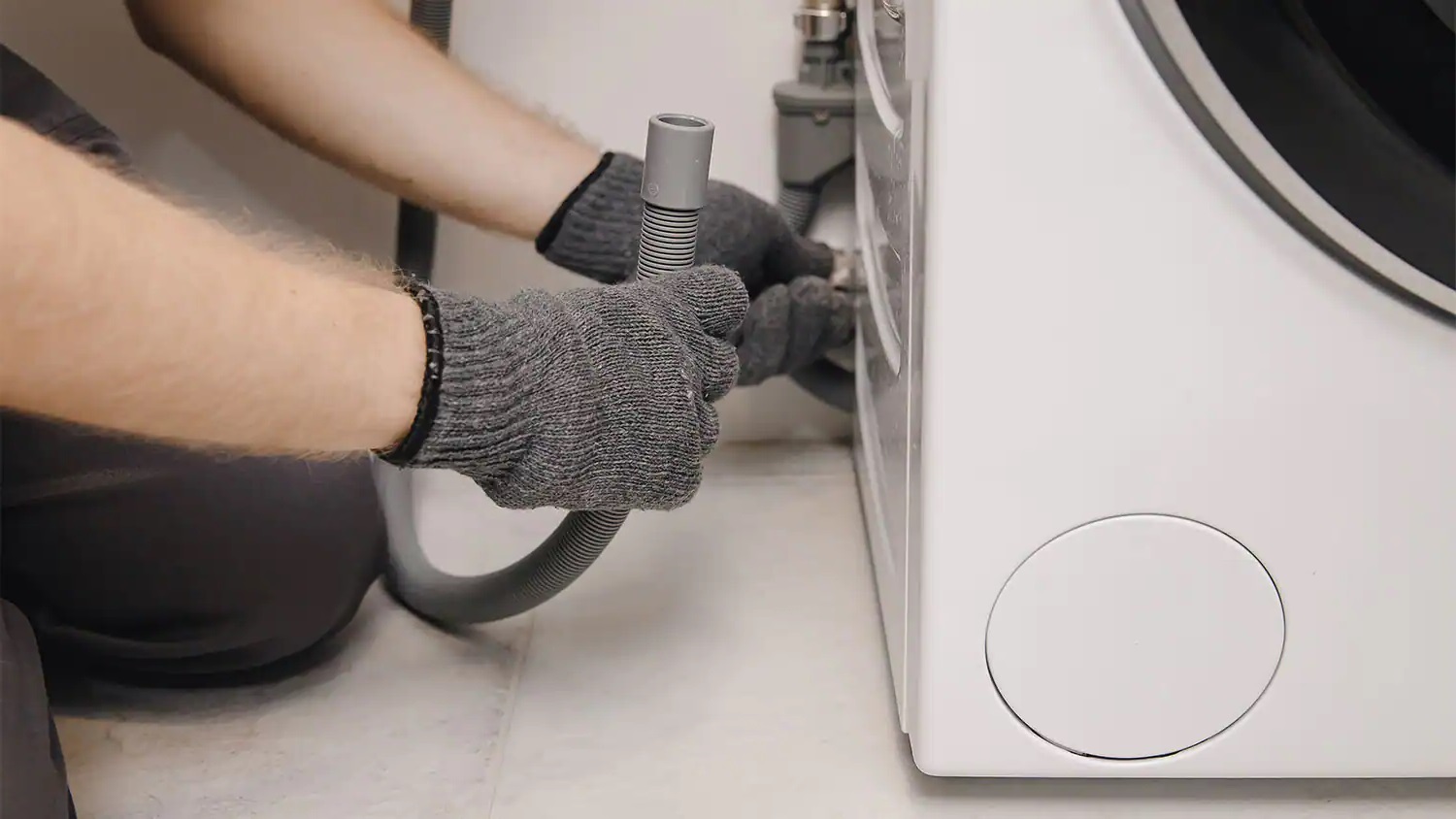
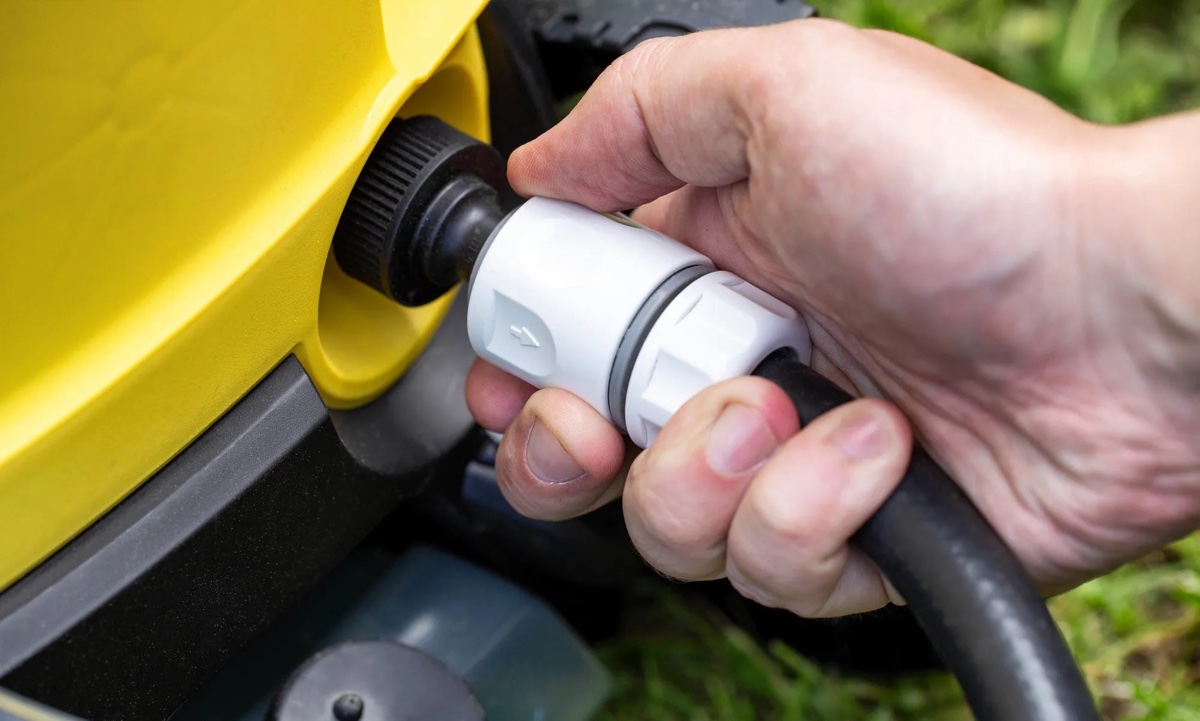
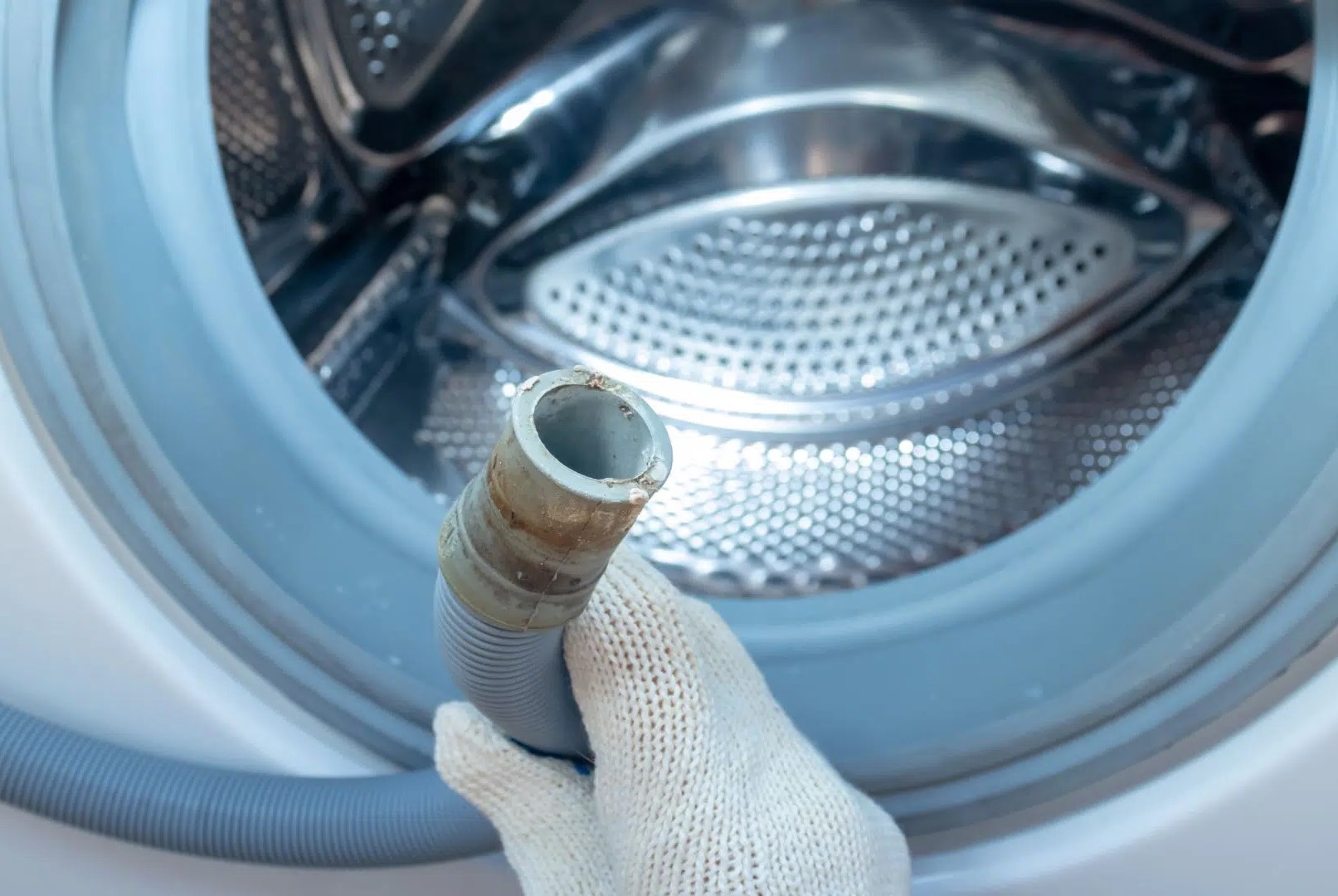
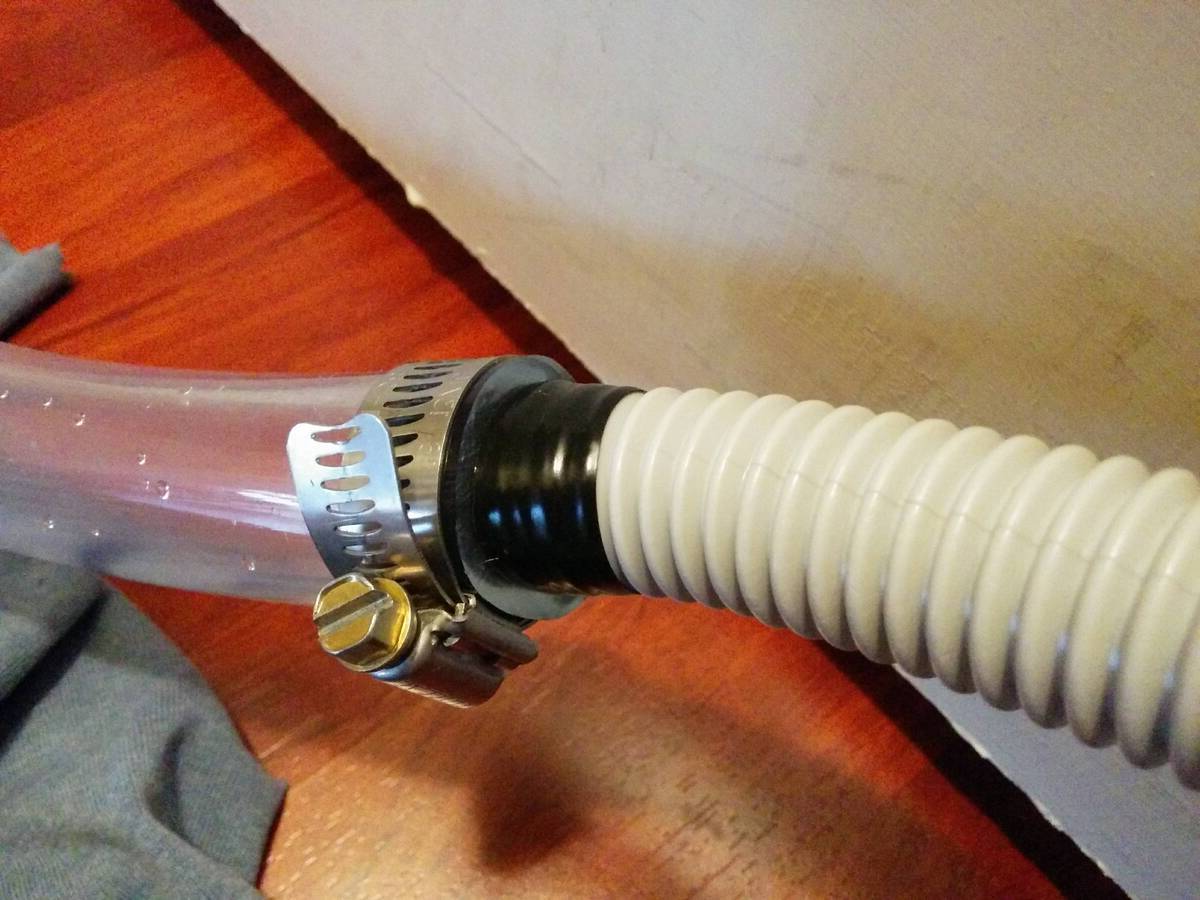
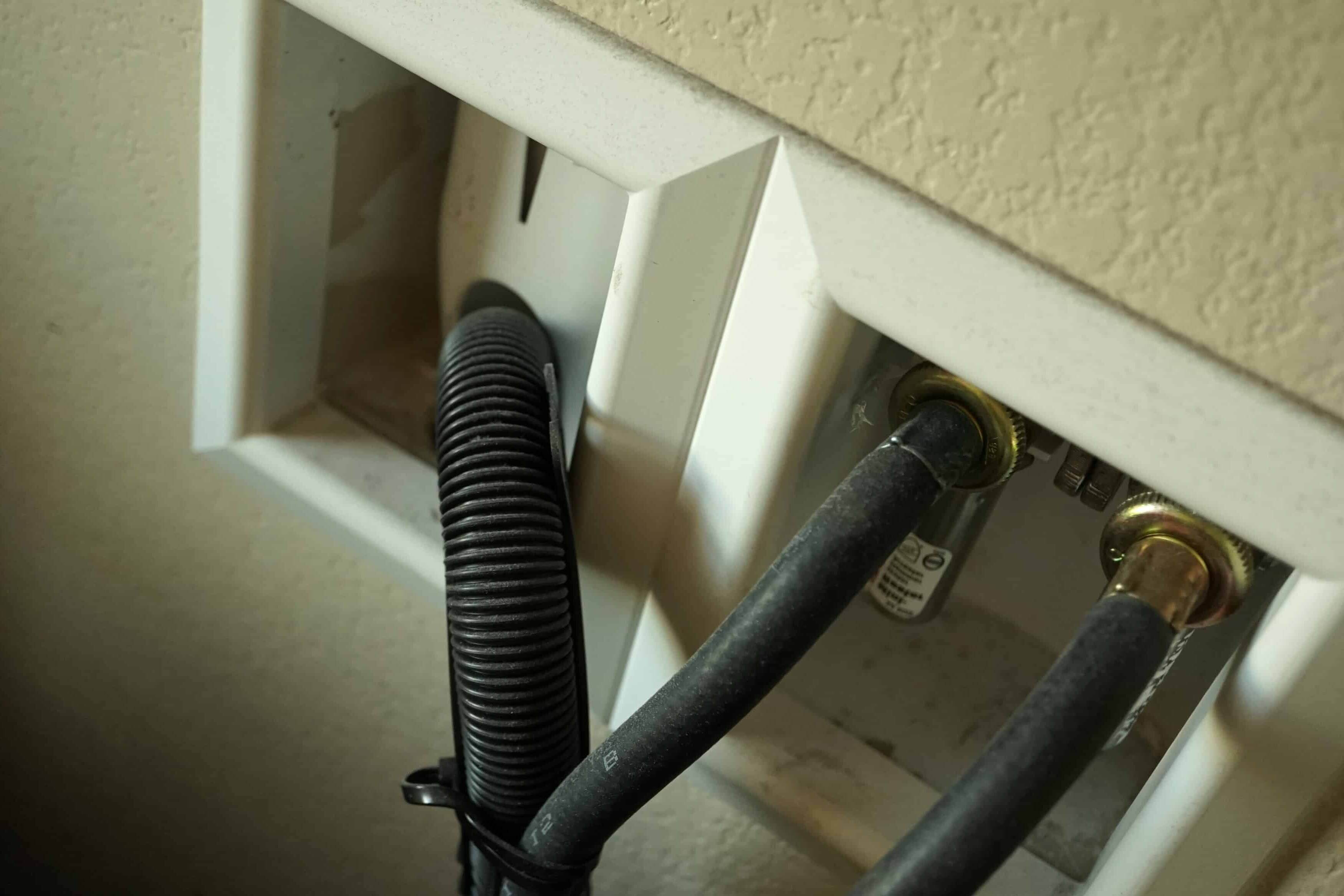

0 thoughts on “What Size Hose Is Needed For A Washing Machine”